Where next?
As we’re finally able to start booking trips overseas, James Litston offers up some insight into the destinations on our travel radar this summer
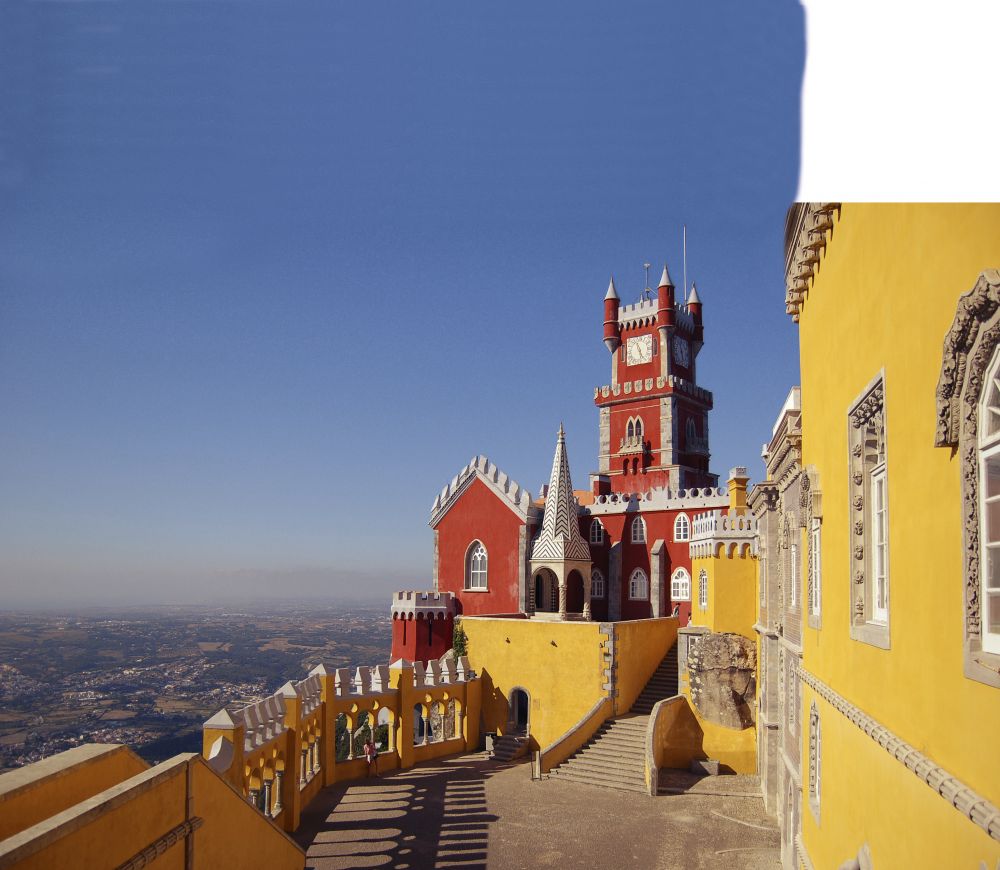
As we’re finally able to start booking trips overseas, James Litston offers up some insight into the destinations on our travel radar this summer
Rugged mountains, wave- beaten shores and convivial locals make any trip to the Emerald Isle a treat – plus it’s easy and quick to get to.
For food Ireland may be historically lacking in culinary culture but this has changed in recent years as both sides of the border have become more cosmopolitan. Exceptional island produce is now being rightfully celebrated, from the more obvious, like Guinness, to Galway oysters and Irish cheeses. Sample some of the best at Limerick’s Milk Market or head to County Clare’s Burren Smokehouse to try smoked Irish salmon. As for restaurants, Kai in Galway is a great bet for fairly-priced, seasonal goodness served amid a hospitable buzz; or go for fresh-off-the-boat fish at Harry’s Shack on the Causeway Coast’s Portstewart Strand.
For culture With a heritage that’s so deeply anchored in literature and storytelling, there’s a natural poetry to life in Ireland. Discover the origins at Dublin’s Museum of Literature or take a detour up north to see how Belfast inspired CS Lewis (of Narnia fame), who grew up here. Belfast is also home to the excellent Titanic Belfast which explores the fateful ocean liner built in the city’s shipyards. Delve even deeper into history at Sligo’s Carrowmore Megalithic Cemetery or learn about rural life through the ages at Westmeath’s Dún na Sí which translates as ’fort of the fairies’.
For adventure A wild, windswept coastline and large tracts of emptiness bring a sense of escape to Ireland’s great outdoors. Hike the Wild Atlantic Way on the lookout for puffins and white-tailed sea eagles, or look inland to the Burren’s wildflower-speckled, limestone landscape. Alternatively, get even closer to the waves with a spot of sea cave kayaking in Wexford with The Irish Experience or hire a stand-up paddleboard from mobile SUP school Suphub and paddle your way to a gourmet picnic on an empty County Down beach.
Note: as travel and quarantine restrictions are under constant review across these countries, UK residents should check current regulations before travelling. Visit gov.uk for more information
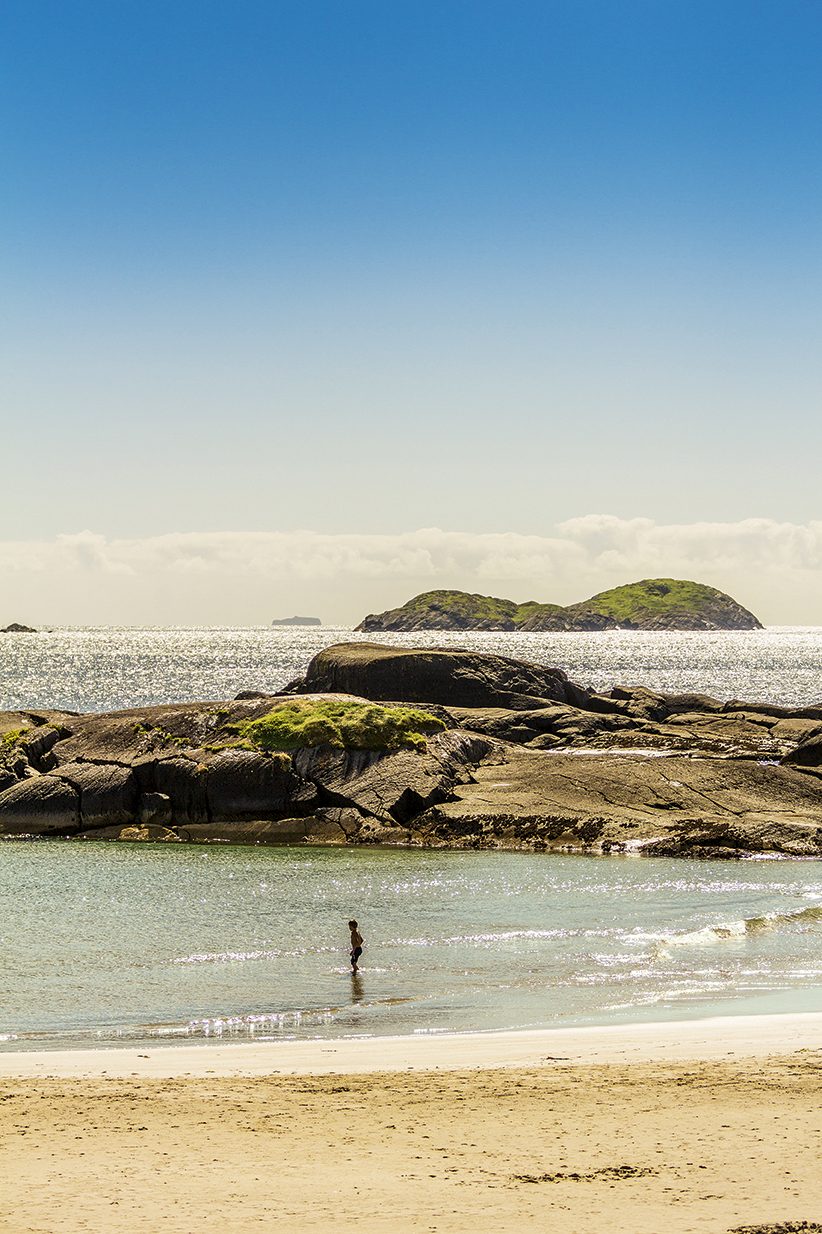
Make a beeline for Portugal’s sunny beaches, surfing scene and mountain hikes, or take advantage of Lisbon - once swamped by ’overtourism’ - without the usual crowds.
For food From grilled sardines on Atlantic shores to the Douro Valley’s fortified wines, there’s certainly no shortage of good things to eat and drink. The Algarve claims to be the birthplace of piri piri chicken; get yours at O Teodósio in Guia. For fresh-from- the-oven pastéis de nata (delicious custard tarts), head to Lisbon’s Manteigaria to watch batch after batch being baked. Or learn how to rustle up local dishes at Cooking and Nature which combines kitchen sessions with daytime hikes in the unexplored Serra da Estrela mountains.
For culture Portugal’s long and storied past has left it littered with landmarks, from castles and cathedrals to ancient town centres developed by the Moors. This rich cultural heritage is also displayed through age-old arts and crafts. In the mountainous Centro region, the people behind swish Casa de São Lourenço have revived a nearby woollen mill to preserve an ancient weaving technique. In a happy marriage of cultural conservation and high-end tourism, felted fabrics once used for shepherds’ cloaks are now made into upholstery and blankets for the hotel and worldwide export.
For adventure Enjoying the great outdoors can be as sedate as peddling a bicycle through the Douro Valley’s vineyards or as thrilling as catching a wave on a surfing break. Sagres, in the south, is a good bet for waves: its varied shoreline provides conditions that suit both beginners and competent surfers. The swells are far too big to ride at Cape St Vincent (Portugal’s south-west tip) or Nazaré’s Praia do Norte, so simply admire the monster waves rolling in from the Atlantic to crash on the shore.
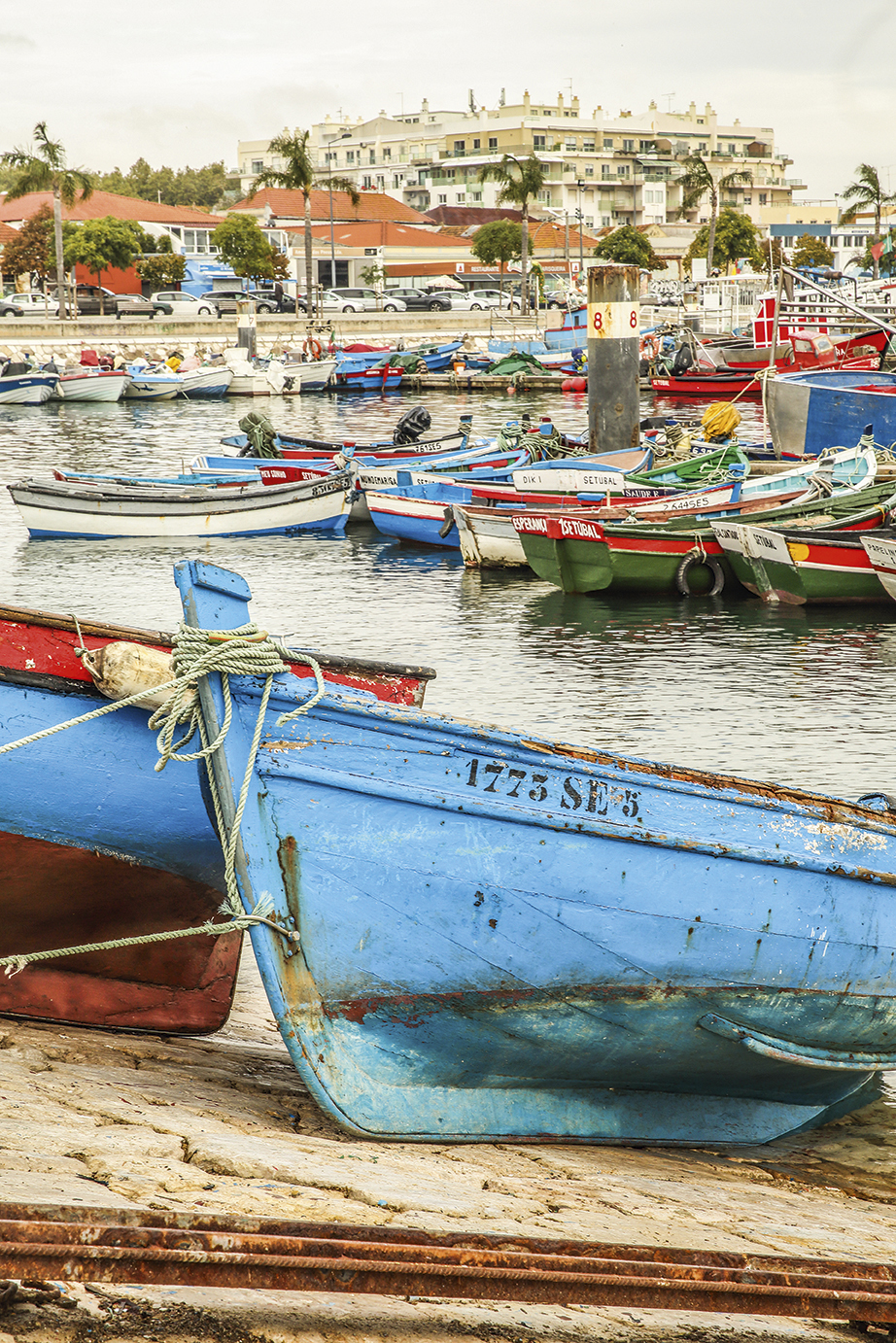
The land of fire and ice is best known for the Northern Lights, geothermal activity, waterfalls, glaciers and Reykjavík – the world’s most northerly capital.
For food Traditionalists will enjoy exploring Reykjavík’s restaurants in search of kjotsupa (lamb soup), plokkfiskur (fish stew) and other specialities. For a classier take on local flavours, try Dill for its commitment to fresh (often foraged) ingredients and a level of cuisine that earned it Iceland’s first Michelin star. Locally brewed Gull beers are worth sampling, but puffin, whale and fermented shark are, arguably, not for the uninitiated.
For culture Reykjavík is rather short on landmarks, but you can’t miss the church, Hallgrímskirkja, whose tower dominates the skyline. Climb to the top for views over the rooftops, then call in to the National Museum of Iceland and The Settlement Exhibition to explore Iceland’s Viking roots. At The Perlan Museum geological wonders are presented through high- tech, immersive exhibits. Or, for art, installations and performances, hit the Skaftfell Centre for Visual Art in the tiny East Iceland village of Seyðisfjörður.
For adventure The biggest draw is the geothermal and glacial scenery. Beyond the well-known attractions such as Thingvellir National Park’s rift valley and Blue Lagoon thermal baths, you can venture beneath Europe’s second-largest glacier via a giant man-made tunnel or check out Fagradalsfjall (the volcano that erupted so spectacularly earlier this year). Reykjavík and Akureyri are hubs for whale-watching excursions, or cross to the Westman Islands to see tens of thousands of puffins at the largest breeding colony on the planet.
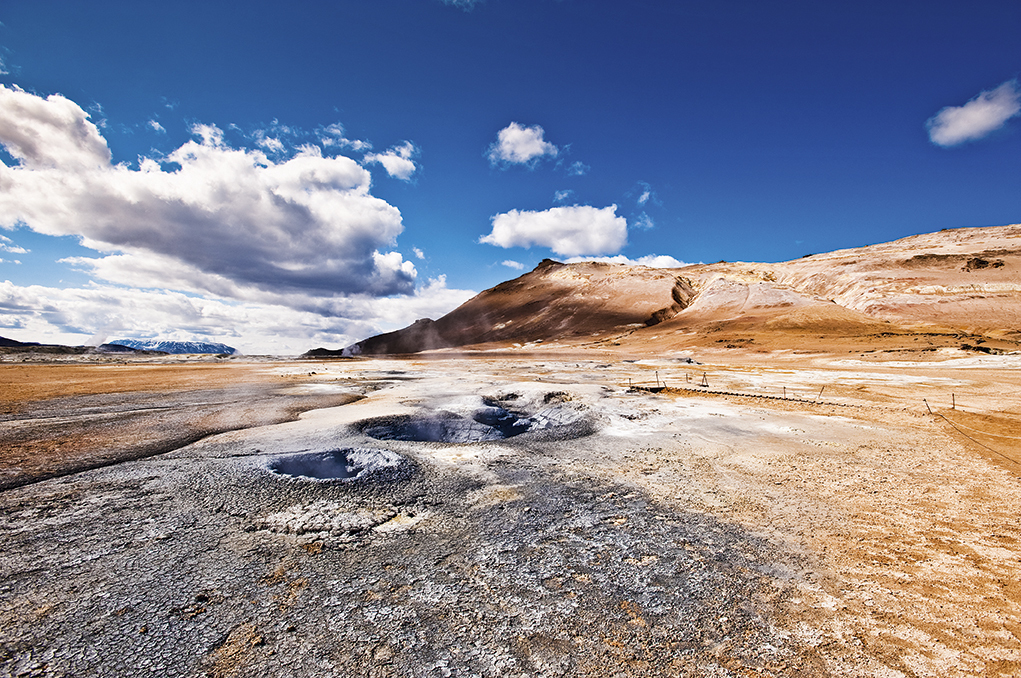
Along with its sister isles of Tristan da Cunha and Ascension, the British Overseas Territory of St Helena is a volcanic outpost lost in the Mid Atlantic, some 2,000km from the nearest continent.
For food Extreme isolation breeds culinary creativity and island recipes are big on locally available ingredients, with fish, root vegetables and rice being the essential staples. Fishcakes are a favourite, with some of the best found at The Sandwich Bar near Jamestown. Plo, a one-pot curried rice dish, is definitely worth a try, as are coconut fingers (a sponge cake dessert). And don’t miss the wares of the world’s most remote coffee plantation; or the gin, rum and brandy made from the juices of local fruits.
For culture Discovered in 1502 but not colonised until 1659, St Helena’s 500 years of human history can be accessed through its heritage buildings and fortifications. Its isolation made it handy as a British Empire prison, most notably for Napoleon Bonaparte, who was exiled here in 1815. His home, Longwood House, where he died in 1821, is now a museum and his tomb (now empty: his remains were repatriated to France) is also an island must-see.
For adventure Getting here (via South Africa) may be an adventure in itself, but once you’re in the archipelago there’s plenty to experience. Although all but one of its endemic birds are now extinct, St Helena still harbours 500 species found nowhere else on earth. Meet some of them while hiking through the tree ferns and forest of Diana’s Peak National Park or the regenerating Millennium Forest where native gumwood trees are recreating the wildwood destroyed by early settlers. Or, depending on the season you visit, you may be able to head out into the ocean by boat to spot hundreds of dolphins, plus seabirds and whale sharks.
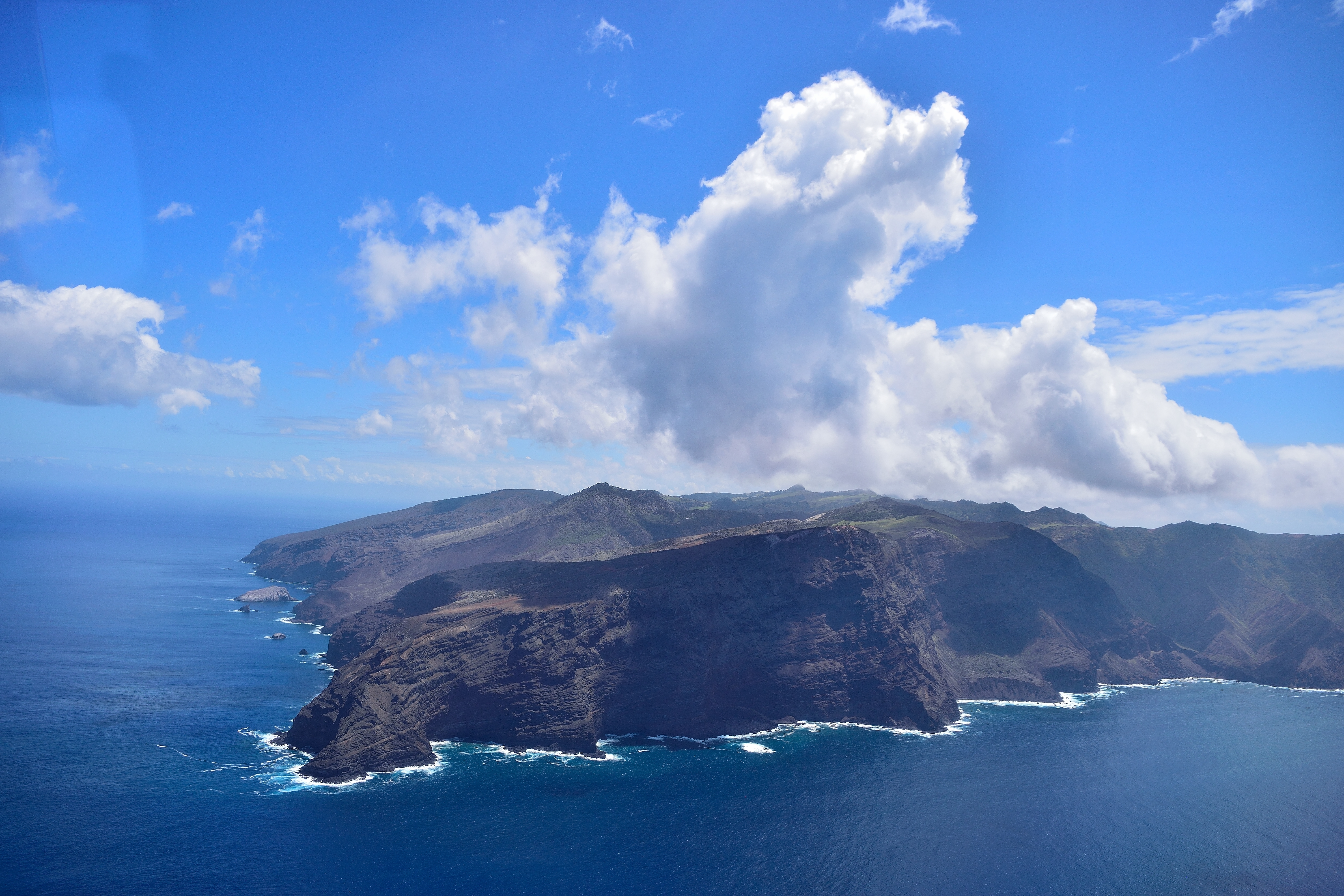
This former British Crown colony is a both a city-state steeped in history and a buzzing, modern metropolis where the dining is so good that even the street food earns the Michelin nod.
For food Modern Singapore was founded by Sir Stamford Raffles in 1819 and the grand hotel that bears his name is a local landmark – sip a Singapore Sling at its Long Bar, where the cocktail was invented. Bartenders are just as creative elsewhere in town; drinks at Native for example feature regional flavours from the commonplace (mango, jasmine) to the quirky (edible ants). There’s a mix of regional cuisines, such as Peranakan, which blends Chinese and Malay influences: find the best at Candlenut the recipient of a Michelin star. But for full Singapore food immersion, dive into a hawker centre. Lau Pa Sat is a classic, but the real finds are Hill Street Tai Hwa Pork Noodle and Liao Fan Hong Kong Soya Sauce Chicken Rice: two street food stalls with a Michelin star.
For culture Uncover some of the multicultural heritage at the Asian Civilisations Museum or mooch around the Joo Chiat neighbourhood’s colourful, two-storey shophouses. More sombre is the Changi Museum recalling Singapore’s wartime history. Lighten the mood again by admiring National Gallery Singapore’s collections of Southeast Asian art.
For adventure Take a break from the urban buzz in leafy Gardens by the Bay a 101ha waterfront playground featuring ’Supertree’ sculptures and wild otters. Then take a taxi, tram or cable car across the water to Sentosa, an island escape with three man-made beaches, an aquarium, theme parks and restful retreats.
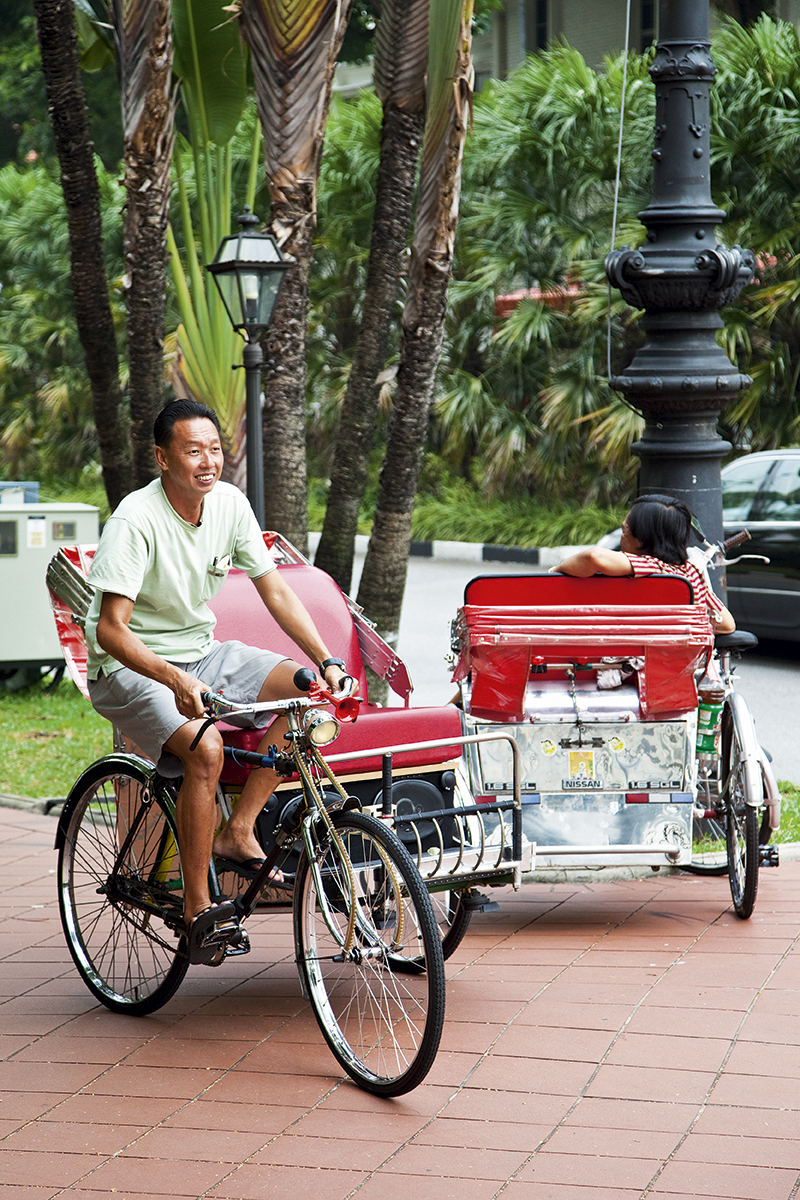
This tiny state on the island of Borneo has one of the world’s highest standards of living.
It also has huge swathes of untouched jungle harbouring all kinds of incredible animals.
For food Brunei’s population descends from Malay, Chinese, Indian and indigenous bloodstock, whose differing cultures have distilled into a diverse and delicious food scene. Local delicacies include nasi katok (rice, chicken and sambal dip) and ambuyat (the national dish, made with starchy sago palm). Find them both at one of the buzzing street markets such as colourful Tamu Kianggeh. The Pasar Malam (night market) has its own special atmosphere; or go to Jerudong Park Food Court for air-conditioned comfort.
For culture Landmarks in the capital, Bandar Seri Begawan, include the impressive Islamic architecture of opulent, golden-domed Jame’Asr Hassanil Bolkiah mosque and the vast Nurul Iman Palace, home of the Sultan of Brunei. Things feel far more real at Kampong Ayer, where villages built on stilts line the banks of the Brunei river. Across the water lies Dermaga Diraja (the Royal Wharf, or commonly just The Waterfront) which is popular for evening strolls once the heat of the day abates.
For adventure Brunei is split into two distinct parcels separated by a finger of Malaysia’s Sarawak state. Its eastern portion is dominated by tropical rainforest, home to indigenous tribes as well as epic wildlife. Proboscis monkeys (endemic to Borneo) live here in riverine and mangrove habitats, along with several other monkey species and birds such as hornbills. Saltwater crocodiles, sun bears and slow lorises are also resident. Your best chances of spotting them lie in Ulu Temburong National Park, where thrill-seekers will find canopy walkways, river tubing and whitewater rafting.
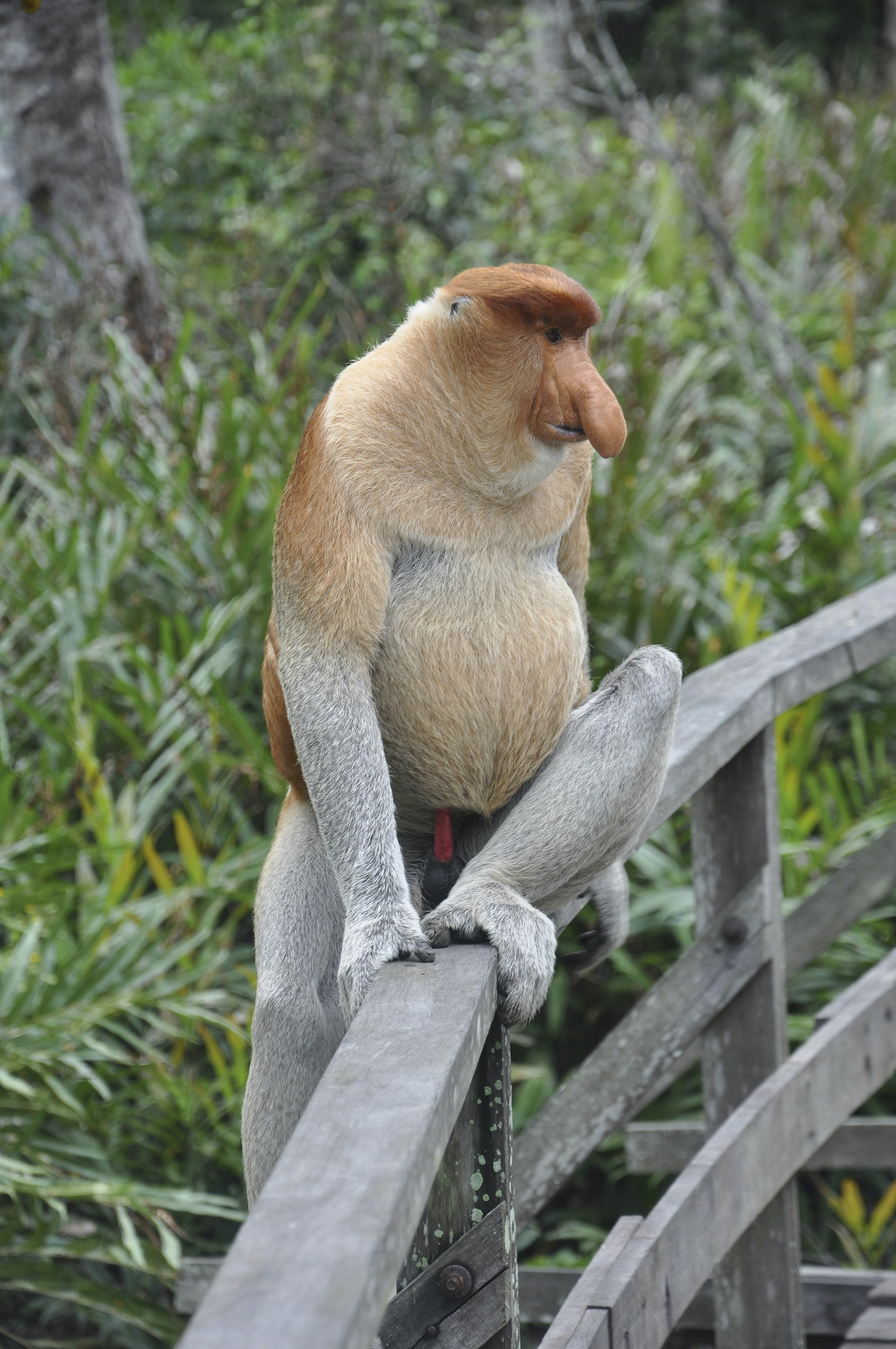
Subscribe and view full print editions online... Subscribe